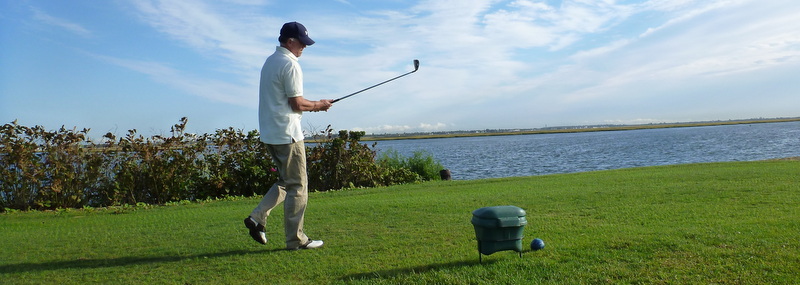
http://gregorydowling.com/a-few-notes-from-venice-in-the-time-of-coronavirus/san-marco/ One of the water holes at Lido Golf Club, during an event I played in back in September. There are more water holes now.
Back in September, I played in a literary golf outing, called the Grudge Cup, at Lido Golf Club, in Lido Beach, New York. That’s one of the competitors in the photo above, teeing off on (I think) the fifth hole, a par 3. A little over a month later, Hurricane Sandy hit Lido hard. Here’s a post-storm aerial photo, which Golf World ran a couple of weeks ago to illustrate a story by Bill Fields:

Postdiluvian Lido Golf Club. The green of the hole in the photo at the top of this post is at the upper left. (Photo from Golf World.)
The golf course was inundated—and, it goes without saying, the neighbors got it worse. The Google Earth screenshot below, which predates the storm, shows just how vulnerable those neighbors were. (The body of water at the bottom of the image is the Atlantic Ocean.)

The golf course is near the center of this Google Earth screenshot. The course and the adjacent neighborhoods were flooded from both sides.
Lido Golf Club is still closed, and the front page of its website has a button you can click to make a donation to the Red Cross.



